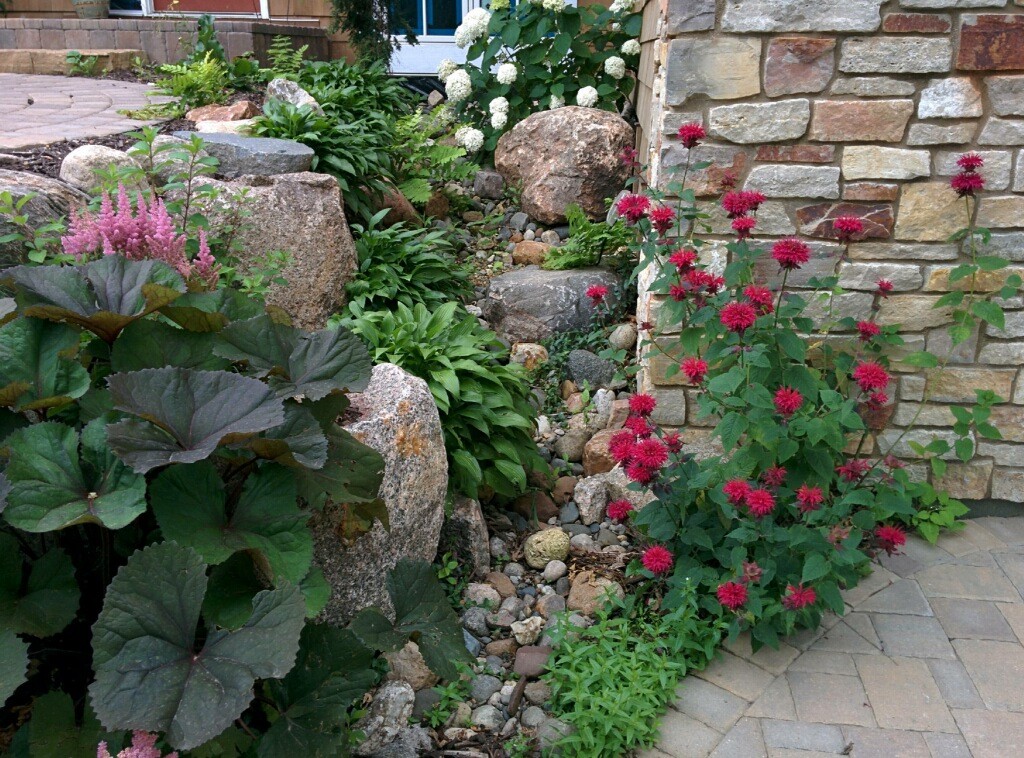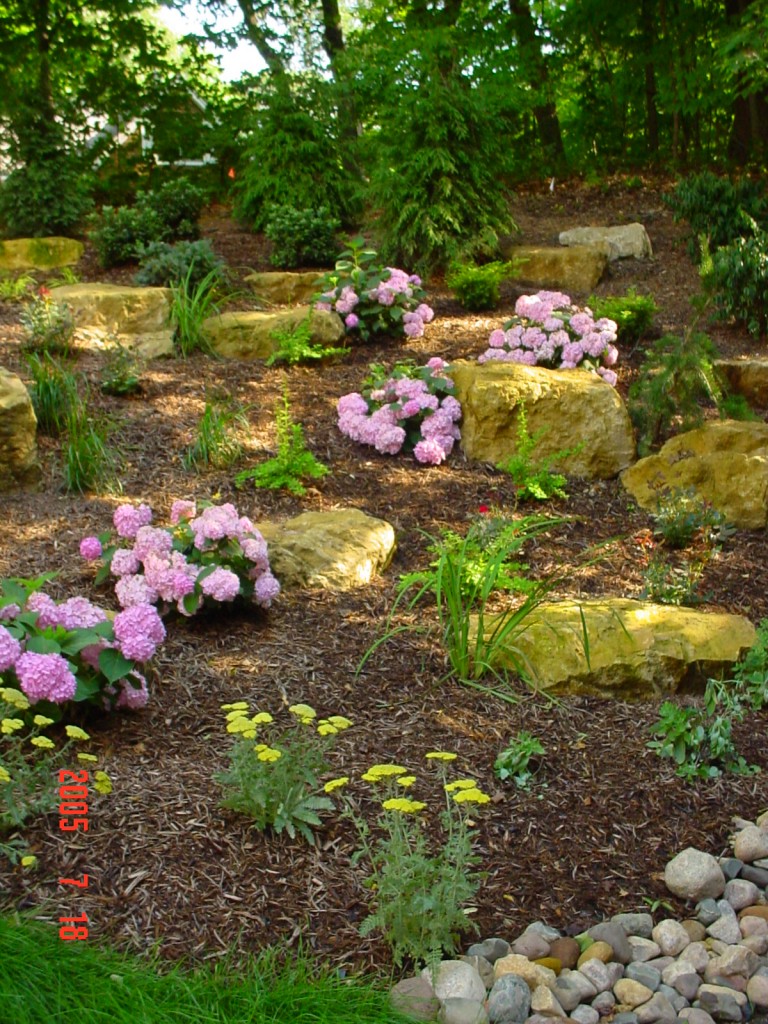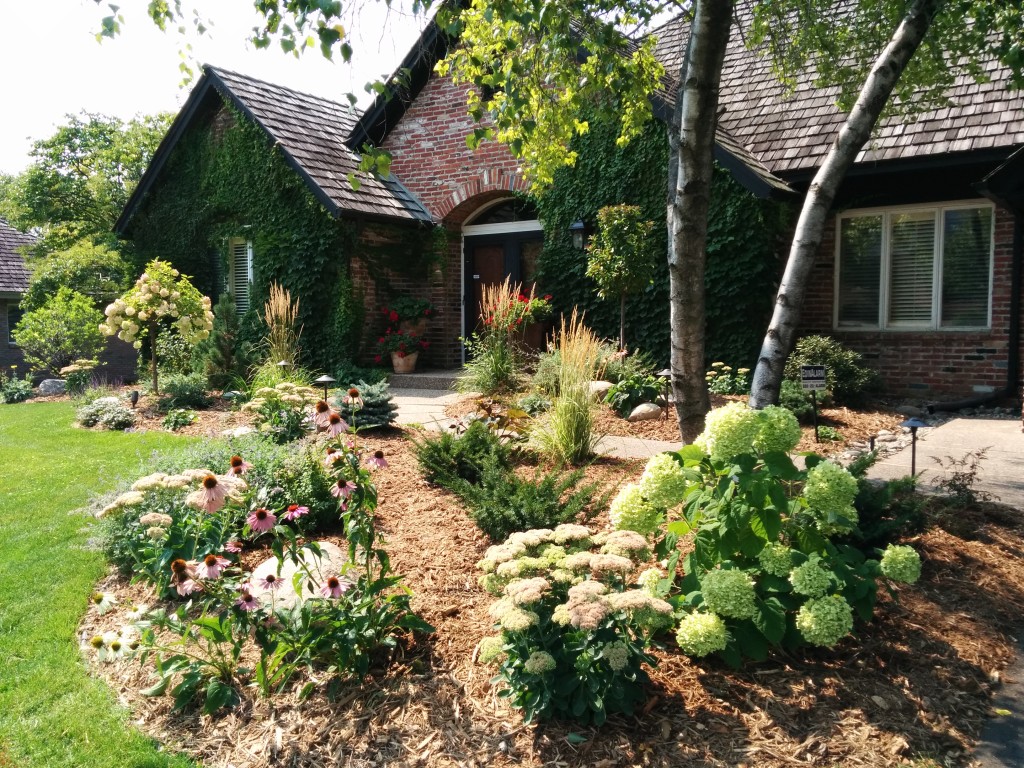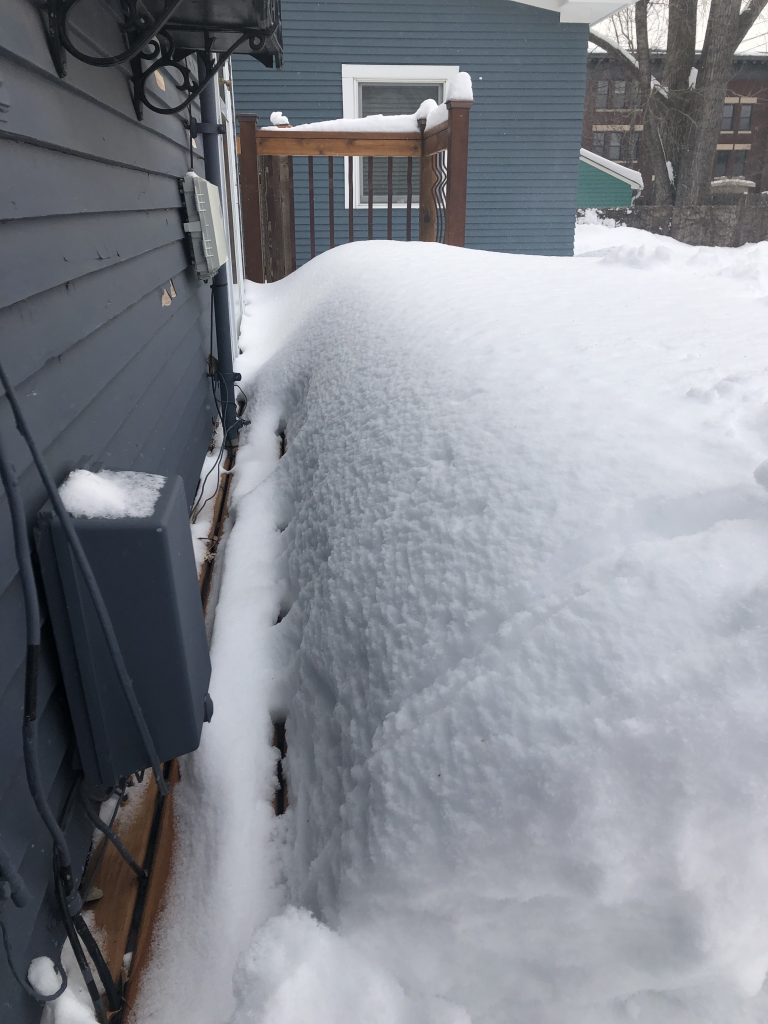The snow is finally melting, and it won’t be long before spring is really and truly here. Unfortunately, on his way out, Old Man Winter always seems to leave a mess in his wake.
Here are some of the most important outdoor spring cleaning chores to tackle when you’re getting your yard ready.

Removing refuse (natural or otherwise) from your grass and planting beds
Nature and sometimes inconsiderate neighbors can leave a mess behind after the snow melts. Put on some thick work gloves, and start tidying up your yard. You’ll need to remove:
- Litter and dog feces
- Dead grass, leaves, pinecones, ect.
- Dead leaves and stalks on perennials
I know this is probably everyone’s least favorite part of spring, but if your tempted to skip this step, just remind yourself how much better your yard will look and how much more fun planting will be knowing that your yard is in order.

Preparing flower beds
If you are preparing an existing flower bed, add compost and fertilizer. If it’s an annual flower or vegetable bed, also turn over the soil. Remove any weeds that might have been left behind in the fall. If you are opening a new bed, you have a couple of options:
- Use a tiller to break new ground
- Use the “smother method” to kill grass and convert lawn space into a planting bed
- Build a raised bed
If you are breaking ground for a new bed, you can be sure that weeds are going to find it quickly. Used together, landscaping fabric and mulch are sometimes a good way to keep on top of weed problems. If you’d rather avoid landscaping fabric, a good layer of mulch or straw will work too.
Planting
Spring is a good time to plant trees, shrubs, and perennial flowers. If they are hardy perennials, feel free to plant them earlier. Tender perennials should be planted after the first frost date has passed.
New lawns can be started in the spring, and it’s also a good time to overseed an established lawn.
Pest and weed control
It’s often easier to get a head start of weeds, rather than waiting until they are established. Spring is a good time to add herbicides. Always be sure to follow the directions and safety instructions. Pests can also pose a problem. Watch out for rabbits and deer and protect your yard and plants as needed.
Pruning shrubs
Trees and shrubs often benefit from a spring pruning. Dead limbs and winterkills are easy to spot and should be removed.
Trimming healthy branches requires a bit more care. Spring is a good time to prune:
- Butterfly bush (Buddleia davidii)
- Rose of Sharon (Hibiscus syriacus)
- Lavender (Lavandula)
- Bluebeard (Caryopteris)
- Beautyberry (Callicarpa)
Wait until shrubs like forsythia, korean spice viburnum (viburnum carlesii), and lilacs (syringa vulgaris) have finished blooming in the spring to trim them. Trimming them earlier could effect spring blooms.
Dealing with mulch and perennial division
If you added a deep layer of mulch to help plants overwinter, you’ll need to carefully remove the mulch before it smothers growing plants. Monitor the perennials so they can come up unhindered in the spring.
Some perennials can also benefit from being divided. There are a few exceptions, but most can safely be divided in the spring.
We’re Hiring!
Looking for a not-so-average summer job? Great Goats Landscaping is looking for motivated, dependable landscapers to join our team. Learn more here.



 Contact 612-483-GOAT
Contact 612-483-GOAT